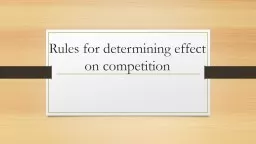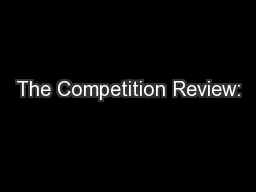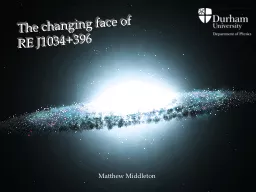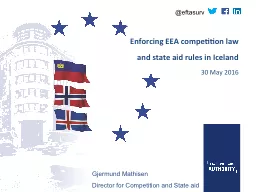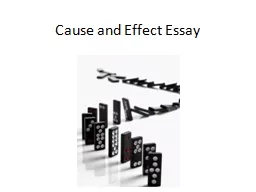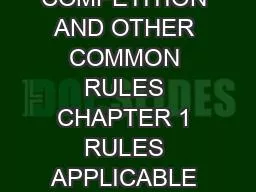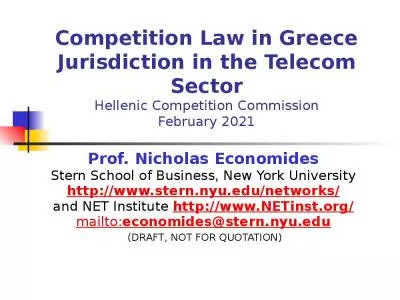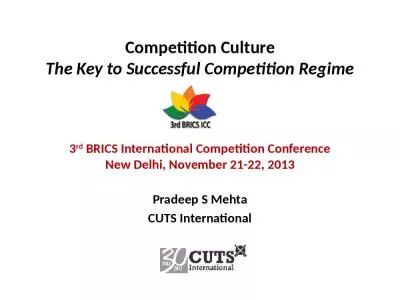PPT-Rules for determining effect on competition
Author : CutiePatootie | Published Date : 2022-08-04
It should be noted that there are two rules of interpretation which are applicable in law relating to anticompetitive agreements The rule of Reason The per se
Presentation Embed Code
Download Presentation
Download Presentation The PPT/PDF document "Rules for determining effect on competit..." is the property of its rightful owner. Permission is granted to download and print the materials on this website for personal, non-commercial use only, and to display it on your personal computer provided you do not modify the materials and that you retain all copyright notices contained in the materials. By downloading content from our website, you accept the terms of this agreement.
Rules for determining effect on competition: Transcript
Download Rules Of Document
"Rules for determining effect on competition"The content belongs to its owner. You may download and print it for personal use, without modification, and keep all copyright notices. By downloading, you agree to these terms.
Related Documents

